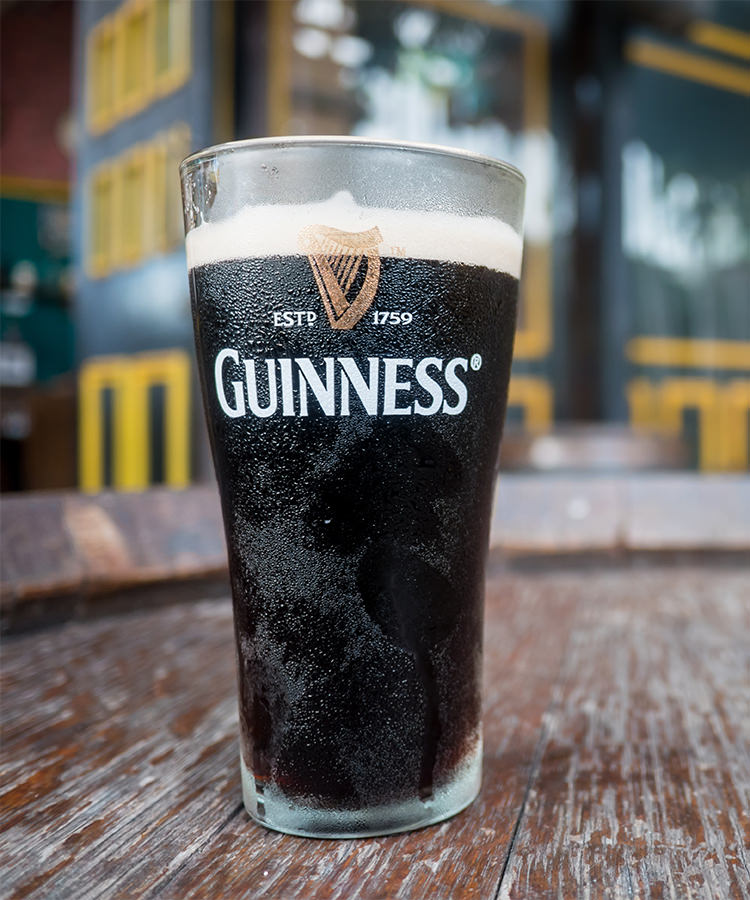On Nov. 11, 2011, YouTube user Jack Deal posted a video about a curious ping pong-sized ball floating in his can of Guinness Draught. Deal had taken the entire top off of the can with a can opener, examining the white ball inside.
Deal, a woman and another man talk over what it could possibly be while the camera zooms in and out. The conversation starts with the thought that maybe it’s so Guinness could put less beer in the can. Then everyone wonders if it’s to shake up any sediment left over.
“You’d think they would tell you,” someone says in the video. “I was thinking it could have been a thumb or something.”
The woman says a joke off camera about someone smuggling cocaine through the beer.
Scroll down to the comments section and you’d think that Deal had committed some horrifying act of beer ignorance. Fifteen people over the span of four years took the time to insult Deal’s intelligence (this is the internet we’re talking about). But you can excuse Deal and company for their confusion — the very concept of Guinness Draught in a can is a contradiction.
Draught (the British spelling of draft) implies a liquid from a cask or a keg. Yet Guinness Draught in cans lines beer store shelves — and has been on shelves since May 23, 1989. False advertising? Maybe. As good as Guinness on tap? Depends on whom you ask. Impressive piece of technology? Definitely, and it’s all thanks to a little thing called a widget.

“When the can is opened, a small amount of beer and nitrogen, trapped in the widget, is forced out through the beer,” Guinness explains on its website, “which creates the famous creamy head that you find on a pint of Guinness Draught served in a pub.”
Nitrogen, instead of carbon dioxide, is what gives Guinness its famous foamy head. The pressure inside the can drops when the can is opened, and heavily nitrogenated beer escapes the widget and mimics the amount of nitrogen a Guinness from the tap has.
Guinness’s first widget patent was filed in 1969, the same year as the ATM and the barcode scanner. A first-generation flat widget was sold in the United Kingdom in 1989 and, by 1997, Guinness was putting spherical widgets in its cans.
Since Guinness first pioneered the widget, a number of beers released nitrogenated cans and bottles. There are Boddingtons Pub Ale, Old Speckled Hen and Left Hand Nitro Stout. Guinness also spent several years and a reported $13.5 million making a “rocket widget” for bottles, WIRED wrote in in 2001. It’s since been discontinued.
It’s a lot to think about while drinking a Guinness, so Jack Deal shouldn’t let the haters make him feel too silly about his video. What Deal should focus on instead is that the widget makes the “perfect pour” much less complicated. All you’ve got to do, Guinness writes, is chill the can for at least three hours and pour it into a pint glass. And voila, liquid Ireland from a can.
